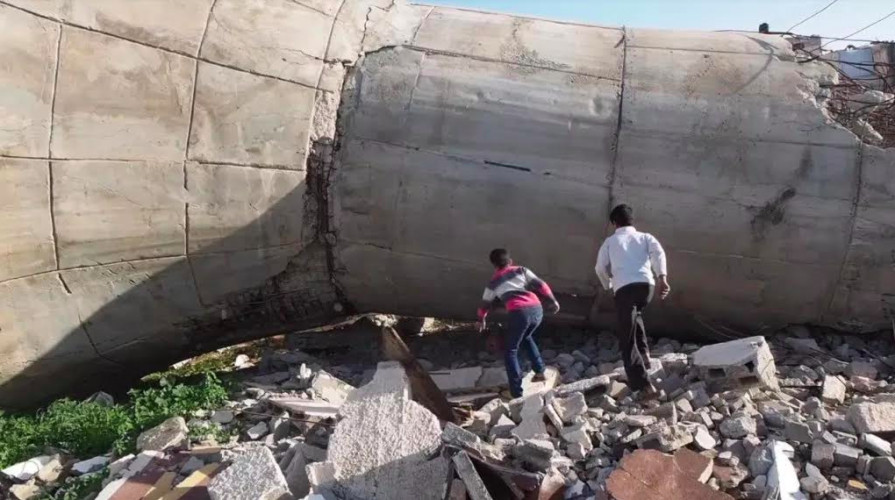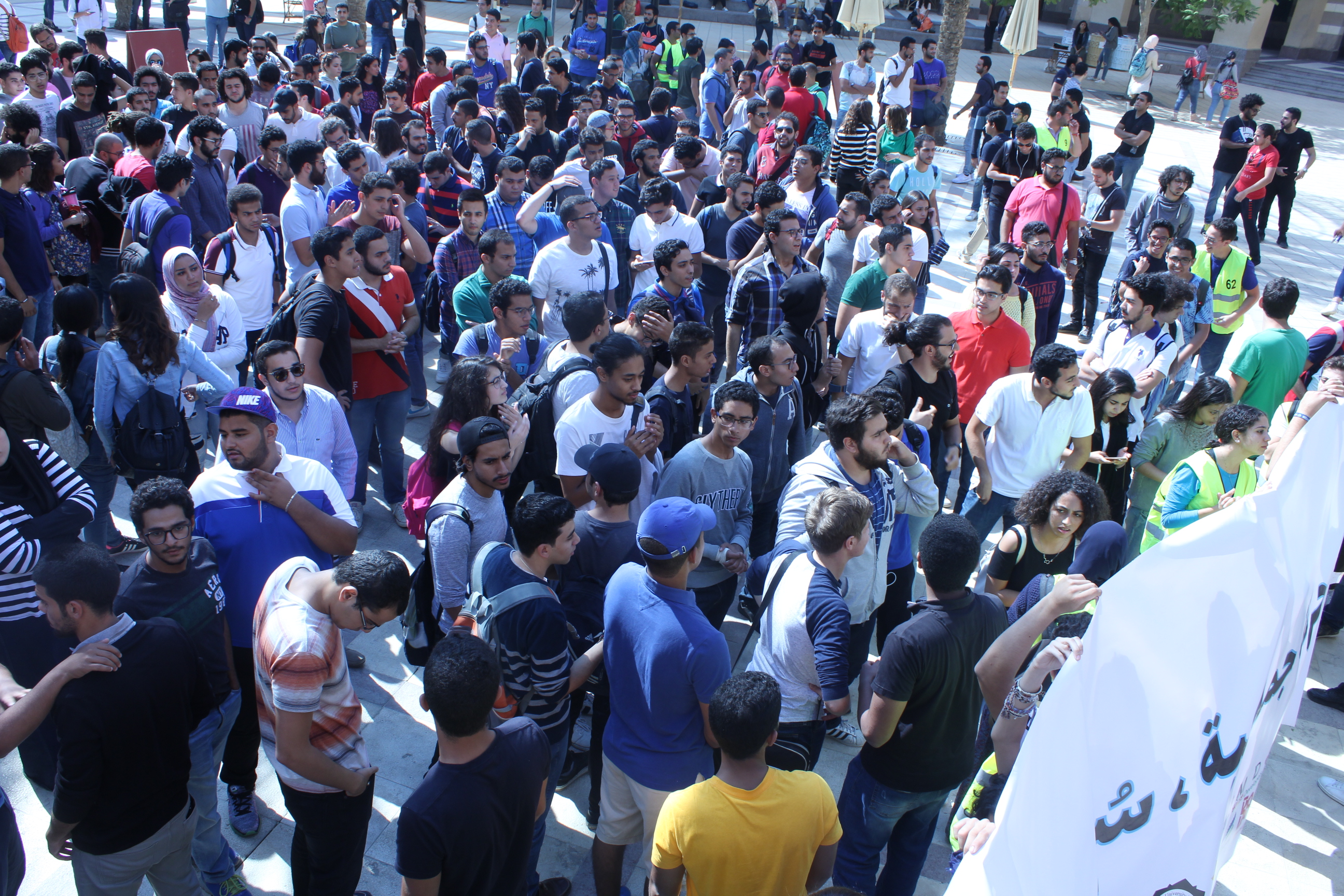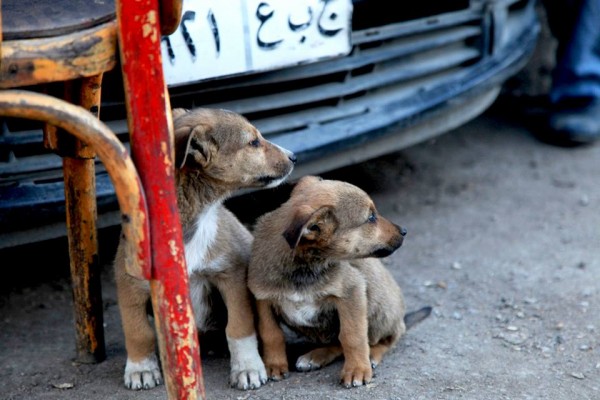Killing Gaza Reveals Grim Reality of Palestinians Under Siege and War
By: Mohamed Youssef
@MAboussef
In 2014, the Israeli Army launched a large-scale military operation against the densely populated Gaza Strip targeting Hamas leaders. Meanwhile, Gazans had to endure increasingly inhumane living circumstances during and after the war period as the Israeli Army tightened its grip over the area.
According to the UN Independent Commission of Inquiry on the 2014 Gaza Conflict, over 2000 Palestinians were killed and more than 11,000 were injured. Most of those injured were civilians.
The grim conditions unarmed civilians had to tolerate, from being shot and physically and mentally abused to having their houses and belongings raided, were chronicled by journalists and filmmakers Max Blumenthal and Dan Cohen in their documentary Killing Gaza, which was screened at the AUC Falaki Theater in an event coordinated by the Department of Arts and the Department of Journalism and Mass Communication on April 3.
The film features Gazans explaining the horrors they encountered during and after the war, showing how normal civilians, across all classes, were suffering to sustain a lifestyle of any sort.
This was shown in contrast to the Israeli soldiers who were celebrating and dining as they bombarded the city.
A Q&A session with Blumenthal and Cohen via Skype took place after the screening that included special guest, author and academic Ghada Karmi.
“I just want to see that you are thanked and congratulated for bringing the situation in Gaza so vividly before the audience, nobody who has seen the film can remain a) unmoved and b) in any doubt as to the criminal behavior of the Israeli state,” Karmi said.
Blumenthal explained that he and his co-producer Cohen were inspired by a 1956 film by Alain Resnais called Night and Fog which showed the reality of the Holocaust in WWII.
“[We sort of] emulated the aesthetic and mission of that film which is to force people to see what it was like in the rubble and to see experiences across the Gaza Strip, people from all walks of life and how the siege affected them all,” he added.
Cohen also explained how the scenes on the Israeli frontier of Gaza, where there is a long-caged corridor designed to control the how people enter and exit, looked like.
“It’s almost like an eyedropper. I estimate two kilometers long of a cage and that’s how Palestinians, who are fortunate, exit the Gaza strip,” he said.
When asked about taking action against Israel, Cohen said, “we ultimately want to spur action with that film, not simply tell a story to make people depressed. We want to stir anger… of course there is the BDS [divestment] movement which we can all participate in by not purchasing Israeli products”.
He added that every person, depending on their location, would have a different form of resistance to adopt.
Despite the realities of the film, Blumenthal shared that they are facing challenges to showcase the film in mainstream venues given the intimidation exercised by people who do not share the mission of the film.
“It’s really up to us to show it [the film] to our friends and get it in their hands, here in the United States I really feel like we are winning the debate on Palestine and convincing people that… they need to support the BDS campaign, that Israel cannot be treated like a normal country, and that there must be some sort of penalty for its treatment for Palestinians,” he said.
The audience were truly shaken by the grueling scenes in the movie.
Alaa El Sayed, a Graduate student said, “ I needed to see this. We always talk about the Palestinian cause in political and economic terms [but] what is happening on the ground is unknown to us.”
“We need to see this because I believe, we as Egyptians, have drifted away from the Palestinian cause,” El Sayed added.




